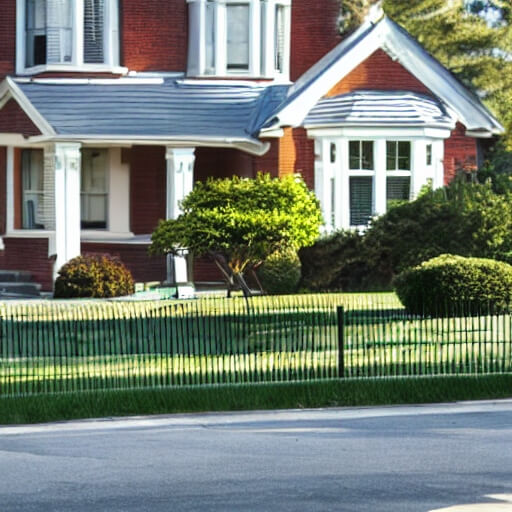Choosing the right mortgage is a pivotal decision in the homebuying process, and understanding the differences between fixed-rate and adjustable-rate mortgages (ARMs) is crucial. Each type offers distinct features, impacting monthly payments, interest rates, and financial stability. Here’s an in-depth comparison to help you navigate these mortgage options:
Table of Contents
ToggleFixed-Rate Mortgages:
A fixed-rate mortgage offers stability and predictability as the interest rate remains constant throughout the loan term. Key characteristics include:
Consistent Payments:
Monthly payments remain unchanged over the loan’s lifespan, providing budgetary stability.
Predictable Interest Rates:
The interest rate is determined at the loan’s origination and remains fixed, shielding borrowers from market fluctuations.
Long-term Planning:
Ideal for those planning to stay in their homes for an extended period, offering peace of mind with locked-in rates.
Adjustable-Rate Mortgages (ARMs):
Adjustable-rate mortgages, as the name suggests, feature interest rates that fluctuate based on market conditions after an initial fixed-rate period. Key characteristics include:
Initial Fixed Period:
ARMs often begin with an introductory fixed-rate period (e.g., 5/1 ARM), typically offering lower initial rates.
Interest Rate Adjustments:
After the initial fixed period, rates adjust periodically (annually or semi-annually) based on an index and margin specified in the loan terms.
Potential for Rate Changes:
While rates can decrease, they may also rise, leading to fluctuations in monthly payments and potential budgetary uncertainty.
Comparing Fixed-Rate and Adjustable-Rate Mortgages:
Stability vs. Flexibility:
Fixed-rate mortgages offer stable, unchanging payments, while ARMs provide flexibility initially but may become unpredictable after the fixed period.
Risk Tolerance:
Fixed-rate mortgages suit risk-averse individuals seeking steady payments, whereas ARMs may appeal to those comfortable with potential rate fluctuations.
Market Influence:
Fixed-rate mortgages are insulated from market shifts, while ARMs are directly affected by changes in interest rates.
Choosing the Right Option:
Consider Time Horizon:
If planning to stay in your home long-term, a fixed-rate mortgage provides security. If planning to relocate or refinance before the fixed period ends, an ARM might offer lower initial rates.
Assess Market Conditions:
Evaluate current interest rate trends to determine if fixed rates are low or if potential future increases might favor an ARM.
Evaluate Future Finances:
Consider potential income changes or future financial plans when deciding between the stability of a fixed rate or the initial savings of an ARM.
In Conclusion:
The choice between a fixed-rate and adjustable-rate mortgage hinges on individual preferences, financial goals, and risk tolerance. Understanding the nuances and implications of each type empowers borrowers to make informed decisions aligned with their long-term financial aspirations. Always consult with mortgage professionals to explore the best-fit option based on your unique circumstances and future plans.

